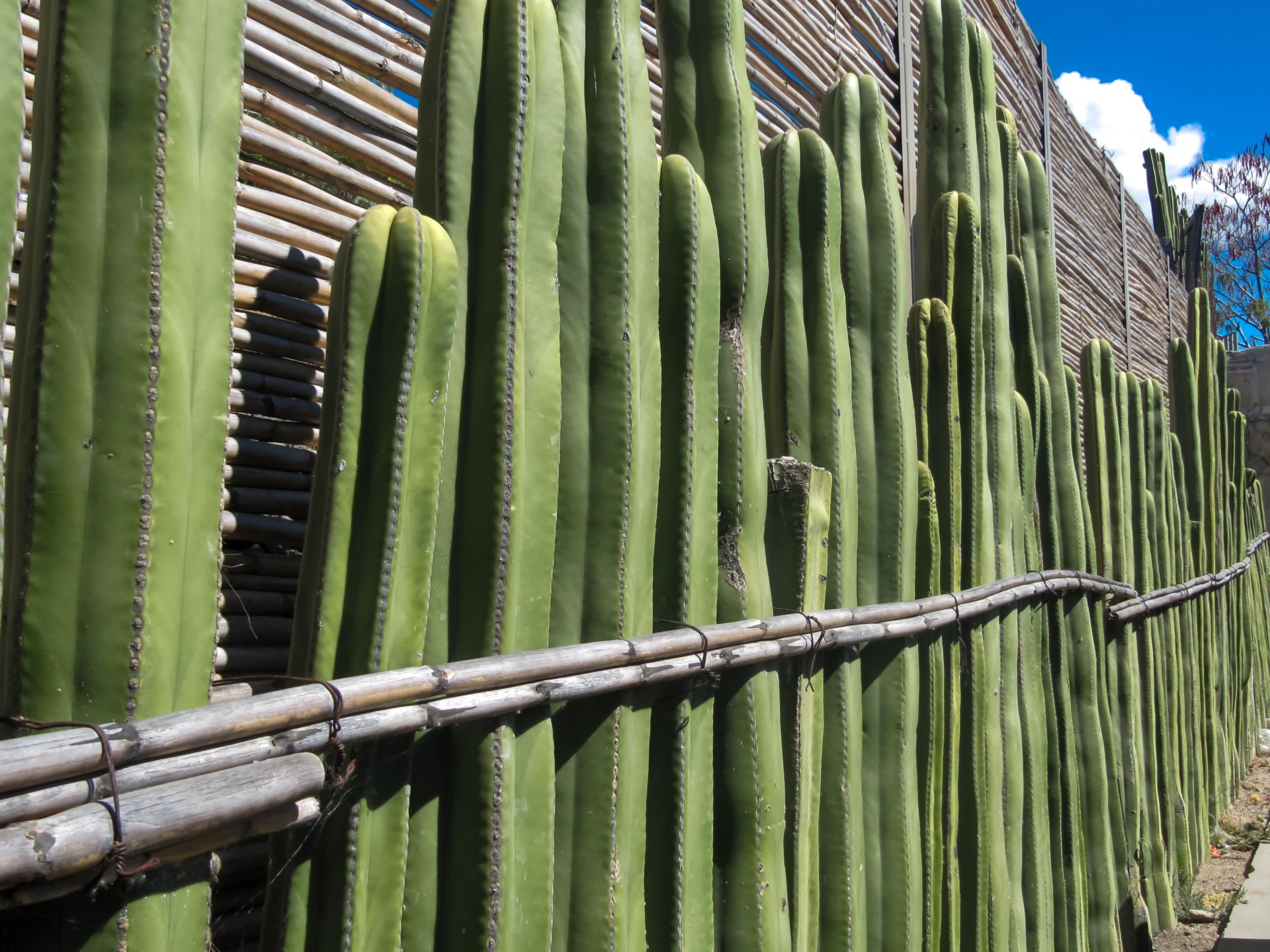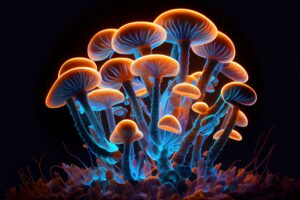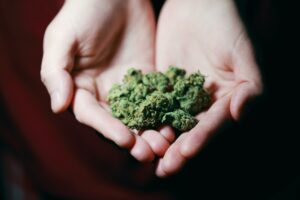Psychedelics like LSD and magic mushrooms are well-known in pop culture and are now studied for their potential therapeutic properties, but what about San Pedro (Trichocereus/Echinopsis pachanoi)?
This plant-based psychedelic is one of several cacti producing mescaline— the psychoactive compound that inspired the term “psychedelic.” Researchers continue to unlock the potential of San Pedro, showing its possible applications in the mental health system.
What Is It?
San Pedro is a cactus native to the Andes Mountains. This cactus contains mescaline and other derivatives of phenethylamine, yielding hallucinogenic properties. Although many Americans are unfamiliar with it, this plant has a long history as an essential element of spiritual ceremonies for thousands of years.
Used by several pre-Columbine civilizations, the indigenous use of San Pedro for healing and psychedelic purposes remains part of the culture in Andean shamanism to this day. It is now being studied for potential therapeutic benefits based on its unique effects.
What Are the Effects of San Pedro?
Much like other psychedelics, this one creates an intense and powerful psychedelic experience, leading to extravagant visuals, such as whirlpools of colored light, kaleidoscopic patterns, and ghostlike outlines of people. However, many people are surprised how relaxed and in control they feel.
It is also empathogenic, much like MDMA — meaning it creates a sense of oneness, relatedness, and emotional openness. Although it’s common to experience specific effects, everyone will have a unique experience.
Some of the most common effects include:
- Strong visual effects, especially at high doses
- Altered sense of time
- Altered thinking processes
- Greater self-awareness and feelings of connection
- Potential nausea
- Possible anxiety and paranoia
Many agree it’s a beautiful, enjoyable, and even mystical experience — but adverse effects are also possible. For example, when San Pedro first hits, you may feel dizzy, and as you come up, nausea, vomiting, and perspiration are also relatively common.
A bad trip often results among those who ignore the importance of set and setting and those who have a history of mental illness.
What Are the Therapeutic Benefits of San Pedro?
San Pedro’s healing capabilities are primarily anecdotal, but of the claims reported, it is a potentially powerful therapeutic substance. That said, several studies, reviews, and surveys have been published, including a 2021 self-reported questionnaire. Four hundred fifty-two anonymous individuals were asked about the mental health benefits attributed to mescaline.
Of the respondents with a history of post-traumatic stress disorder, depression, anxiety, and substance use disorder, 68-86% reported improvement following their experience with mescaline. Additionally, 30-50% of respondents rated their mescaline experience as the single most or in their top five for spiritually significant experiences of their lives.
The University of Melbourne published an article, “Psychedelic Medicine: A Mental Health Game Changer?”
This piece highlighted the rising number of studies on plant-derived psychotropic compounds for psychiatric disorders, including San Pedro. After conducting an analysis, researchers concluded that medicinal psychedelics have a significant effect on symptoms of depression in the short term and help patients with a mood disorder in the long term. Although more research is required, the current data and available case studies are compelling.
Are There Any Risks Associated With San Pedro?
Those who plan to take San Pedro must be prepared for a long trip. The effects can last as long as eight to 12 hours. So, like other psychedelics, preparation is critical. For example, when taking San Pedro, you will experience powerful shifts in your consciousness, resulting in strong emotions.
If feelings of anxiety creep in, the effects are too long-lasting not to have something available that comforts you — especially if you’re using San Pedro in contexts that may not be safe. Again, this is why set and setting are so imperative.
Since research is limited, not much is known about San Pedro’s potential harm. Although there isn’t a known lethal dose, certain individuals may be at risk of complications, including those with high blood pressure, heart or colon issues, diabetes, or a mental illness. It is also not recommended that you combine San Pedro with MAOIs, including the antidepressants tranylcypromine and phenelzine.
Is San Pedro Legal?
In the United States, mescaline is a Schedule I drug, defined as having no currently accepted medical use and a high potential for abuse. However, only peyote is specifically classified as a controlled substance of the cacti containing mescaline.
Prosecutions are rare but do happen — and in some jurisdictions, “entheogenic plants” are being decriminalized. In 2019, Oakland, CA, became the second American city to legalize psilocybin and other entheogenic plants and fungi after people spoke out about how psychedelics helped them overcome addiction, depression, and post-traumatic stress disorder. The actions taken are paving the way for psychedelic-assisted therapy.
In other areas of the globe, such as the Netherlands and the UK, the situation is similar. Certain psychedelics are uncontrolled and freely available, whereas others are still prohibited.
In the UK, psilocybin is illegal, but San Pedro is not.
The Netherlands is Europe’s most psychedelic-friendly country — psilocybin truffles are legal, whereas drugs like LSD are not.
In New Zealand, Germany, and other countries, it is legal to cultivate San Pedro but illegal to use the substance recreationally.
In Ukraine, the government excluded San Pedro from the list of illicit drugs.
San Pedro is legal in the Andean countries, such as Bolivia, Peru, and Ecuador, even as a psychedelic.
Where Can I Legally Seek San Pedro Treatment?
Efforts to decriminalize “natural psychedelics” are underway in the United States, with Oakland and Santa Cruz leading. However, San Pedro is not currently legal on a federal level. San Pedro ceremonies are legal in Peru, and while retreat centers offer various experiences, not all providers are equal. Personal research is crucial.
Get Your Medical Document & Purchase Medical Cannabis
It’s easy to get your medical document with the online Telehealth service HelloMD. Register, pay, and receive an online medical consultation with a licensed practitioner and start purchasing medical cannabis today





